Creator Campaings
Discover +10 Million creators across all industries and niches.
Get Al-Powered and activable insights around creator's profiles.
Manage influencers effortlessly at one place.
Reach out to millions of creators directly on the platform.
Social Media Insights
Favikon for Creators
Grow as a creator on social media
Grow
Get Noticed
Blogs Articles
Methodology & Rankings
About Favikon, rankings, tools & much more.
Methodology
The recipe behind Favikon's viral & coveted rankings.
Free tools to power your influencer marketing workflows.
The people & mission that fuels Favikon.
Get access to all Favikon rankings.
Become a select Favikon Partner
Become a select Favikon Affiliates
Featured Rankings
Highlighting the most influential creators on X, shaping global conversations and trends
Showcasing top creators in the sales niche, driving innovation and engagement across the U.S.
Recognizing global leaders on LinkedIn for their impactful thought leadership and professional insights.
The place to talk creator economy, together




Megan Mahoney is an influencer marketer who uses data and real-world case studies to uncover what actually drives results in influencer campaigns. With a background in content marketing and over a decade of experience helping brands grow through strategy and storytelling, she brings a thoughtful perspective to creator partnerships and is deeply engaged in the evolving creator economy.
Check Brand Deals
Inside Hootsuite’s Influencer Marketing Campaign
Hootsuite recently did an interesting influencer marketing campaign promoting its new AI feature, OwlyGPT.
We analyzed not only the results this campaign achieved, but also specific insights on how another brand could replicate this campaign's success and potentially even improve results.
About Hootsuite’s VHS Influencer Marketing Campaign
The campaign itself was pretty creative – Hootsuite sent VHS tapes to various social media professionals with substantial engagement/following on LinkedIn.
Each person posted a photo of themselves holding the VHS tape.
The VHS tape illustrated that, just as VHS tapes are outdated, most LLMs provide answers based on outdated information. However, Hootsuite’s new feature, OwlyGPT, shows you answers based on fresh, social data:

Performance Data From Hootsuite’s Influencer Campaign
Note that we only collected data from the posts that were explicitly marked as brand partnerships or sponsored to avoid any affiliate (i.e., not sponsored) posts.
Here are some stats from the campaign.
Who They Worked With
Hootsuite worked with 11 influencers, and all of them work in social media marketing in some capacity (e.g., in-house social media marketers for brands, social agency owners, social media community managers, etc.).
The creators' follower range varied from 12,168 to 211,849 followers and the average comments per post for each creator ranged from 14 to 105 average comments per post.

Cost Estimates
We estimated the cost of this campaign based on proprietary influencer pricing data from over 100 LinkedIn influencers on our own platform.
You can find the estimated price per sponsored LinkedIn post for any LinkedIn influencer directly inside the Favikon platform:

Alternatively, you can use this free calculator to estimate the price of a sponsored post with any LinkedIn user:

Based on these estimates, Hootsuite likely spent between $8,192 and $9,871 on this campaign.
So was it worth it?
The Results
To date, Hootsuite has generated a total of 1,704 likes and 492 comments across all of the sponsored posts included in the campaign.

This doesn’t account for any of the indirect mentions of OwlyGPT from other social media creators that may have been sparked by the campaign.
For example, plenty of influencers are creating their own analysis of this campaign:
Insights From Hootsuite’s Influencer Marketing Campaign
While the above-mentioned results are interesting, what can you actually learn from this campaign to improve the ROI of your next LinkedIn influencer marketing campaign?
Insight #1: Most Selected Creators Were Micro/Mid-Tier Creators Who Matched Hootsuite’s Highest Value ICPs
I've seen plenty of posts claiming that niche creators often generate a better ROI than broad creators.
However, as you target a narrower audience, you'll also have more overlap across the creators' audiences. For example, people who follow one B2B SaaS social media creator are likely to also follow other B2B social media creators.
While there is value in retargeting the same audience, Hootsuite serves a diverse range of customer segments, including social media managers at CPG and B2B SaaS companies, as well as media agencies and retail brands.
One thing Hootsuite's influencer manager did that was very smart was selecting niche creators to represent different ICPs.
Here's a full breakdown of the creators they worked with:
- In House Social at B2B AI Company
- CMO Advisor of DTC/Retail
- In House Social for DTC Beauty
- In House Social For Retail CPG
- In House Social For Large Agency
- In House Social For B2C SaaS
- Social Community Leader
- Director of Media Agency
- Social Community Leader
- Social Community Leader
- Founder B2B creator marketing platform
By working with different creators to represent each customer segment, they maximized unique reach and illustrated that Hootsuite is a valuable product for each of those customer segments.

One interesting note is that most of the creators they worked with are primarily in-house social media marketers at large companies rather than freelancers (except community managers, who likely also have an audience of freelancers).
My guess is that in-house social media managers make up a much larger percentage of Hootsuite's revenue than freelancers.
The Takeaway
If you choose to work with niche creators, consider two things:
- Identify your highest value ICPs from a revenue perspective.
- Select creators who represent each of those ICPs.
Insight #2: The Campaign Is Built Around a Genuine Product Differentiator
The creativity of the campaign concept is what most people found noteworthy. Yet the true ingenuity of this campaign is that it highlights a product differentiator.
Hootsuite could have just asked creators to post a screenshot of the product (OwlyGPT).
However, most of our LinkedIn feeds are filled with screenshots of AI tools, and you're probably used to scrolling by most of these posts.
Even if you did pause, you'd probably dismiss the product as "another AI chat feature" because the interface is fairly similar to most AI tools.
Instead, the campaign highlights the differentiator itself – the fact that while most AI models are based on dated information from old blog posts, OwlyGPT provides current information as it's based on current social media conversations.
If you're promoting a new feature release, instead of just saying what it does, structure the campaign to highlight how it's different from competitors' features.
To give you an idea of how you could implement this in your own influencer marketing, let's take Favikon as an example.
We make it easy to find and connect with creators, including B2B creators.
While there are a few other influencer platforms that allow users to research B2B creators, a key problem with them is that follower count and engagement metrics alone don't really accurately represent the quality of their content or audience.
One of Favikon's differentiators is the LinkedIn authenticity score, as it scores creators by the quality of their followers, content and voice.
So let’s say we wanted to run an influencer campaign on LinkedIn.
Instead of just asking creators to demonstrate how they find B2B creators on our platform, we'd ask them to promote the authenticity score and illustrate why follower count and engagement are poor representations of the value that a creator could deliver.
In fact, a few of our ambassadors already did this:
Then, people see not just how Favikon solves the problem of B2B discovery, but also why it's more effective than other solutions.
The Takeaway
Identify the differentiator of your product or new feature and highlight that rather than illustrating that it does what all of your competitors’ products also do.
Insight #3: Sponsored Posts Tend to Underperform Creators’ Average Performance – Is Content Substance Match to Blame?
I noticed that sponsored posts tend to underperform creators' average performance when I analyzed Anthropic's influencer marketing program.
The same scenario occurred in this Hootsuite campaign as well.
I was somewhat surprised that these sponsored posts underperformed, as these posts were creative and intriguing.
I dug deeper into the content format/substance match, and that's where I found a few discrepancies.
Looking at the lowest-performing post (relative to the creator's average engagement on organic posts), I noticed that this specific creator primarily posted entertainment-based content, such as funny memes. (You can easily check each creator's LinkedIn feed in the Favikon platform).

This Hootsuite post was a departure from the normal type of content that this creators' audience typically engages with.
I noticed the same issue occurred with another one of the lower performing sponsored creators. This was their content feed, and you can see that it's also primarily funny memes – even though it's related to social media:

So even though all the creators participating in the campaign have positive growth metrics, audience alignment, and authentic (e.g., not AI generated) content, the creator's content substance didn't always align with the campaign posts.
The Takeaway
Content substance match is critical.
If you're planning to sponsor creators, either:
- Give them complete creative freedom to perfectly align your sponsored post with the style and format of their organic content or
- Only work with creators whose content perfectly aligns with the vision of your sponsored content.
Insight #4: The Correlation Between Follower Count and Engagement Generated is Very Weak
More and more influencer marketers are acknowledging that follower count is a poor indicator of potential reach:
Hootsuite’s campaign data further validates this idea.
Here's a graph that illustrates the relationship between follower count and total comments generated from this campaign.
You can see that the creator who generated the most comments (105 in total) only had 33,327 followers. However, the creator with the most followers (211,849 followers) only generated 39 comments.

I found similar results for the relationship between total likes generated and follower count:

The Takeaway
If you're running a brand awareness campaign and your primary goal is maximizing relevant reach, average engagement (comments, likes, etc.) is a much better metric than follower count when evaluating influencers.
You can find this data (total engagement and activity) for any LinkedIn creator inside Favikon:

Insight #5: Creativity and Value is Key to Influencer Outreach
Another problem that most influencer marketers quickly encounter is getting positive responses from creators – even if they're offering competitive rates.
This is particularly true as you go up the ladder and target larger creators with bigger audiences.
If you already have an established, credible brand (like Hootsuite), closing creators is easier. Yet even if you don't have an established brand, one way to stand apart is simply pitching a more creative concept.
For example, this creator claims she received about 37 proposals and only accepted Hootsuite's simply because it was the only one that pitched a remarkable creative idea.
While I'm sure that other factors (e.g., Hootsuite's brand credibility and sizable budget) certainly helped, pitching a more creative idea can help you stand out in people's inbox.
The Takeaway
Instead of just reaching out to creators and asking them to promote your product, pitch a creative idea that would help them create content that would perform well.
How To Further Improve Your Influencer Marketing Strategy
Hopefully these insights provided some ideas to help you improve your influencer marketing strategy, though one of the most challenging aspects of influencer marketing on LinkedIn is a lack of data – identifying creators who not only have a substantial following, but also consistently publish, create authentic content, and align with your audience.
That’s why we built Favikon.
It’s an influencer marketing platform and makes it easy to search for B2B creators and filter by followers, engagement rates, and activity.

You can also sort by country, industries, and more:

Then, you’ll see a list of creators:

Once you find a creator who looks interesting, you can either add them to the CRM or do some more thorough research by viewing their profile. It will even give you an estimate of the price per post:

The score tab also shows you the Authenticity score we discussed earlier in this post so that you only work with creators who have genuine influence:

So if you’re doing influencer marketing on LinkedIn, check out Favikon and see if it can help you find the right creators for your next campaign.
Also See 👀
🏆 HOW MUCH YOU SHOULD PAY FOR A SPONSORED LINKEDIN POST?
ASPIRE VS FAVIKON: ASPIRE ALTERNATIVE
HOW DOES FAVIKON RANK INFLUENCERS?
Related Articles
See all the articles
Find, analyze, and contact top influencers from a 10M+ creator database on Instagram, Linkedin, Youtube, Tiktok, and X to grow your business.
Favikon is an influencer marketing sofware. We are not affiliated, associated, endorsed by, or in any way officially connected with the Tiktok, Youtube, LinkedIn or Instagram brand, or any ot ifts subsidiaries or its affliates. The names "Tiktok", "Youtube", "LinkedIn" and "Instagram" as well as related names, marks, emblems and images are registered trademarks of their respective owners.
Copyright © 2025 Favikon | All Rights Reserved




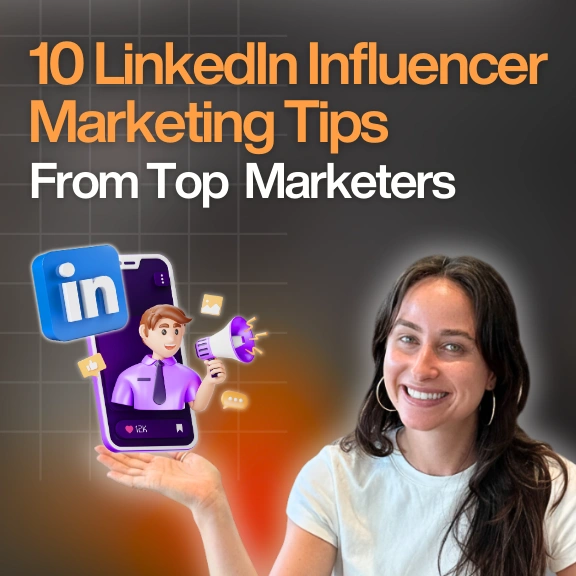
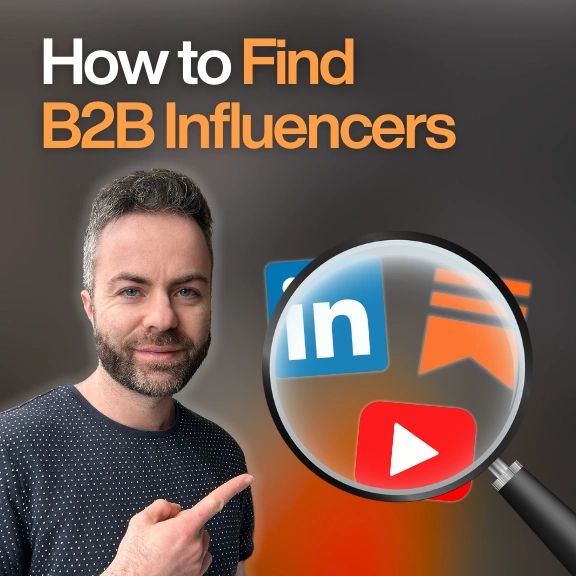

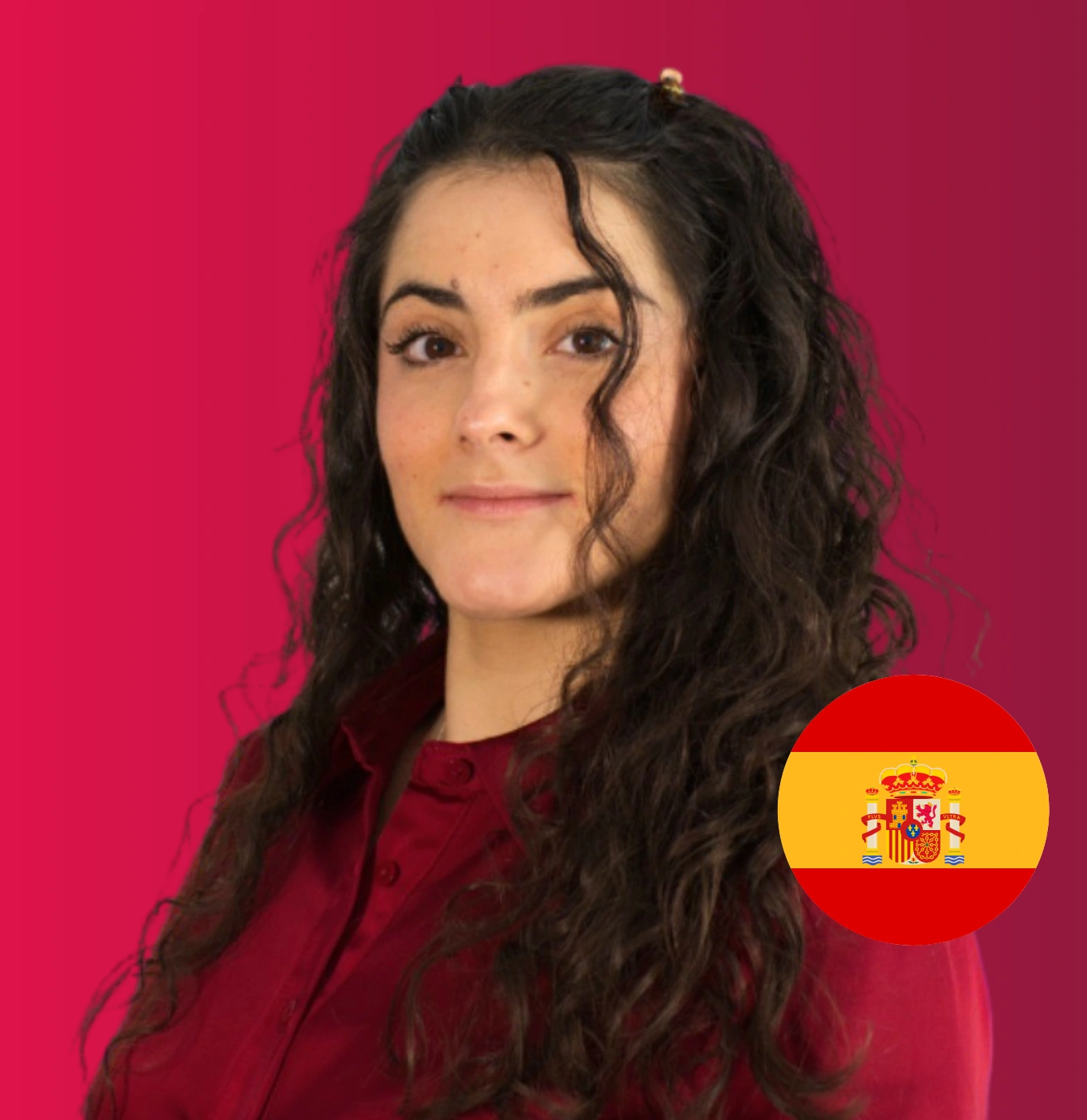

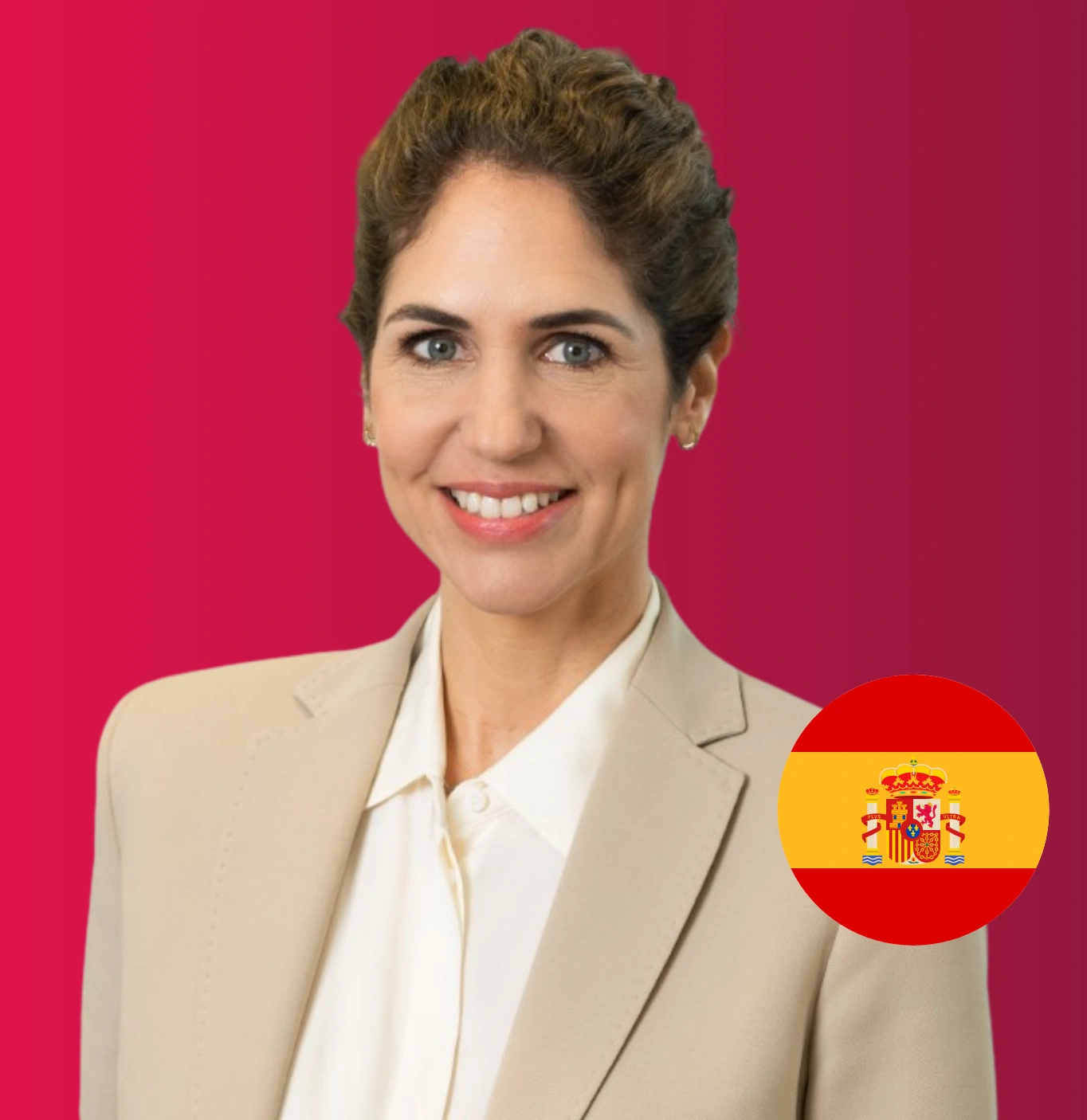


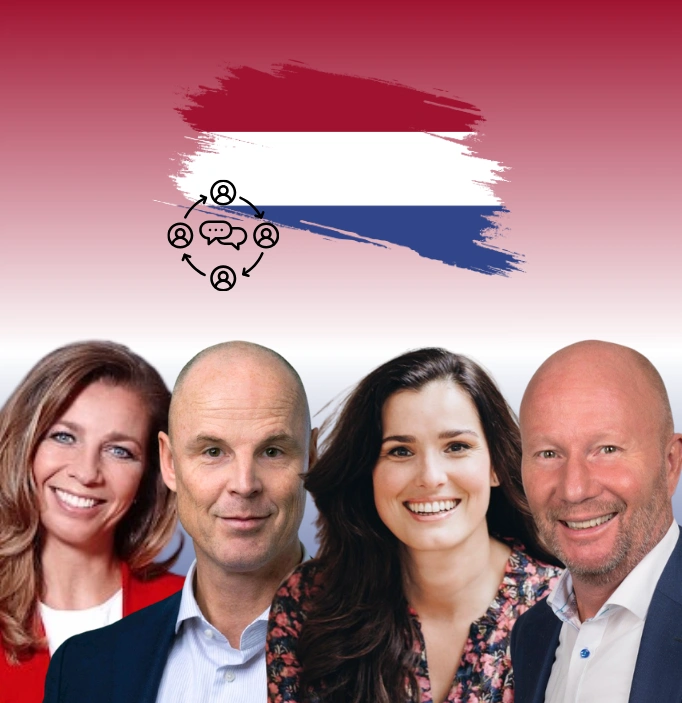

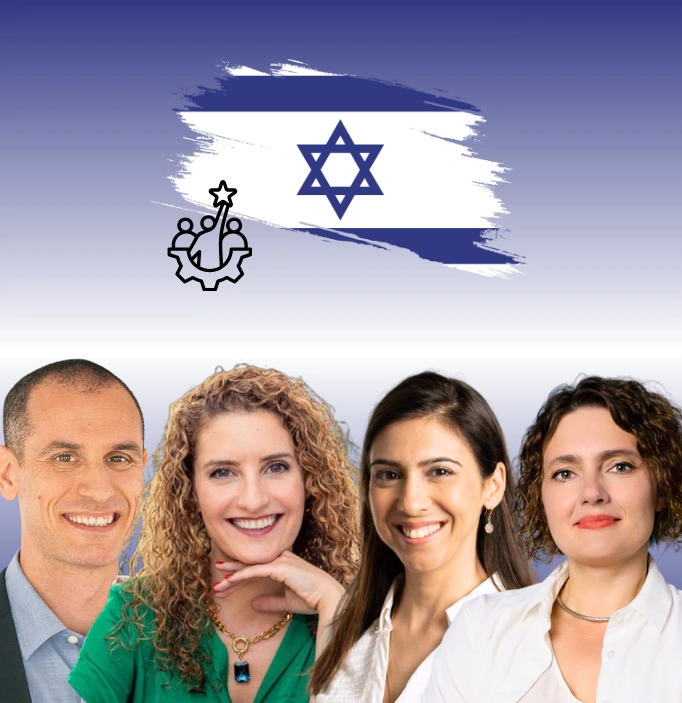
.png)
